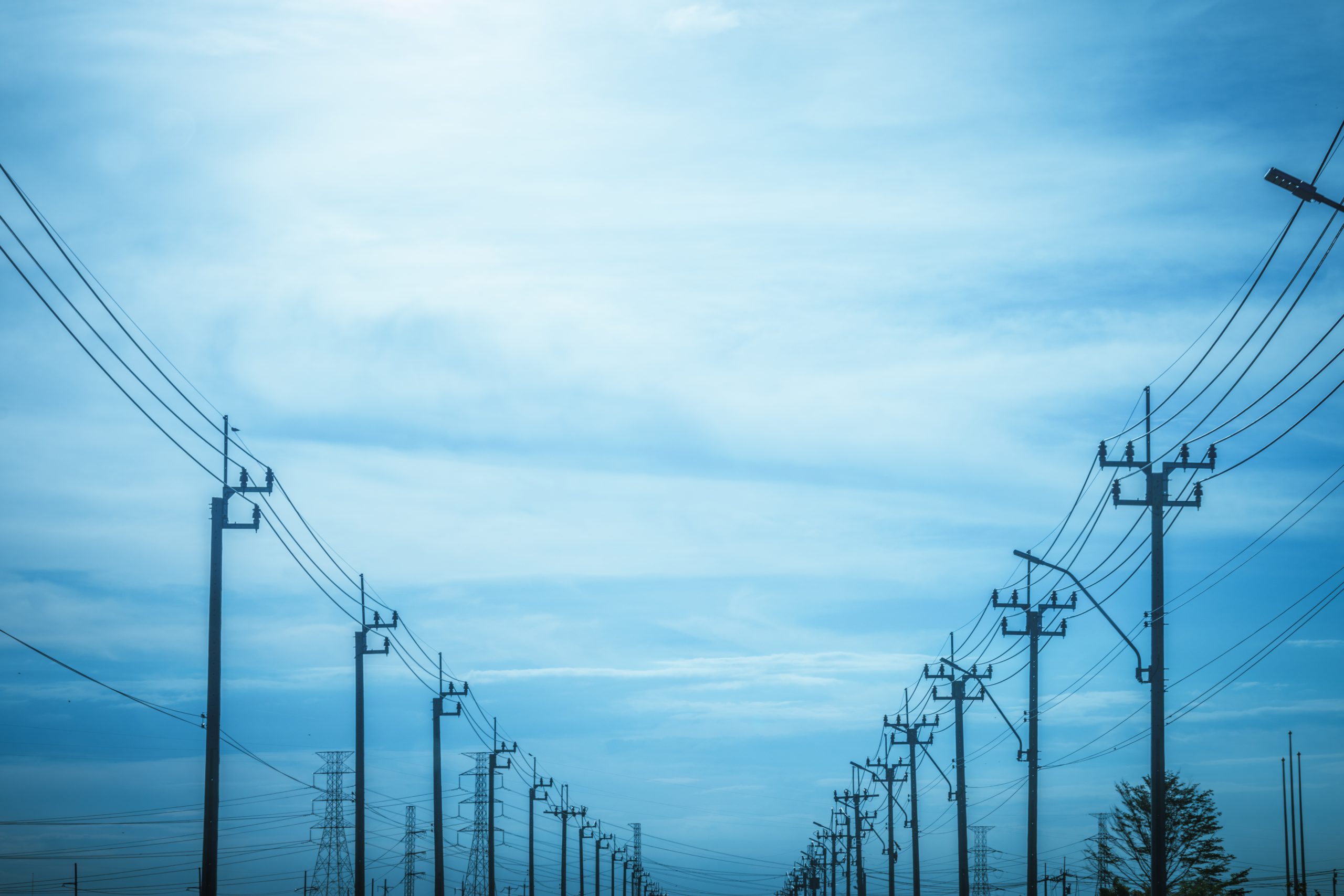Smarter grids demand smarter strategies – and for today’s utilities, that means more than just new infrastructure. Technologies like demand response (DR) and distribution automation (DA) are becoming essential tools for managing grid stress, optimizing energy use, and delivering reliable service in real time. These capabilities are central to achieving grid modernization goals, enabling utilities to respond dynamically to changing load conditions, enhance grid reliability, and reduce operational costs – especially as electrification and renewable integration increase.
Why Demand Response and Automation Are Foundational to Smart Grids
Smart grid innovation is not just about replacing aging infrastructure – it’s about building a grid that can sense, respond, and adapt in real time. Demand response (DR) plays a foundational role by enabling utilities to optimize load and voltage levels during peak demand periods. Technologies such as Dynamic Voltage Regulation (DVR) help lower energy consumption and reduce system stress by adjusting voltage and reactive power across the distribution network. These applications enable passive demand reduction without requiring behavioral changes from customers, making them highly effective for managing system-wide efficiency.
Distribution automation (DA) applications like Volt/VAR Optimization (VVO), meanwhile, strengthens grid resilience by enabling fast, automated response to faults. Through applications like Fault Location, Isolation, and Service Restoration (FLISR), utilities can detect outages, isolate faulted sections, and automatically restore service to unaffected areas – often within seconds. This capability significantly reduces the duration and scope of outages, directly enhancing reliability and customer satisfaction.
By combining DR and DA, utilities gain the ability to actively manage demand and automatically maintain system stability. When deployed through an integrated platform like SurvalentONE ADMS, these applications provide real-time situational awareness and coordinated control, forming a critical foundation for modern, efficient, and resilient electric grids.
Curious how SurvalentONE ADMS supports demand-side strategies and real-time automation? Learn more about our integrated application.
Sault Ste. Marie PUC Demonstrates the Value of DR and DA in Practice
A notable example of DA in action is the deployment of FLISR by Sault Ste. Marie PUC (PUC), which launched Canada’s first community-wide smart grid. As part of the initiative, PUC implemented SurvalentONE FLISR across its network, giving operators the ability to automatically isolate faults and restore service without operator intervention. This reduced the duration and impact of outages and supported the utility’s goals for enhanced reliability.
PUC also leveraged SurvalentONE Volt/VAR Optimization (VVO) and SurvalentONE Dynamic Voltage Regulation (DVR) to maintain optimal voltage levels across the grid, improving power delivery efficiency and passively lowering overall energy usage. These demand-side tools helped the utility achieve measurable results, including an average 2.7% drop in residential energy use and a reduction of 2,804 tonnes of carbon emissions annually.
See how Distribution Automation and Demand Response applications work in real utility environments? Explore our latest case studies.
A Smarter Path Forward
As electric grids become more dynamic and complex, the role of demand response and distribution automation will only grow in importance. These technologies are not just add-ons – they’re foundational to building a smart grid that can adapt to real-time conditions, integrate distributed resources, and maintain high levels of service reliability.
Platforms like SurvalentONE ADMS make it possible to implement these capabilities cohesively, giving utilities the intelligence, automation, and control needed to support evolving energy demands. For utilities charting a course toward smarter, more resilient operations, investing in DR and DA isn’t just strategic – it’s a necessary step toward the grid of the future.
Ready to take the next step in modernizing your grid? Connect with a Survalent expert to discuss your priorities.
Frequently Asked Questions (FAQs)
Why are demand response (DR) and distribution automation (DA) fundamental to smart grid modernization?
DR and DA enable utilities to sense, respond, and adapt in real time to help manage system stress, optimize energy use, and maintain reliability and resilience as grid complexity increases. Combining both allows for active demand management and automated responses to load changes and faults.
How does demand response help lower energy usage and reduce system stress?
Demand response—using tools like Dynamic Voltage Regulation (DVR)—adjusts voltage and reactive power to passively reduce energy consumption during peak periods, helping prevent overloads without requiring customer behavior change.
What role does distribution automation (DA), particularly FLISR, play in outage restoration?
DA applications like FLISR automatically detect outages, isolate faulted sections, and restore power to unaffected areas—often in seconds—dramatically reducing outage scope and duration while improving overall grid resilience.
Why are DR and DA most effective when deployed together on a unified platform?
When delivered through an integrated ADMS platform like SurvalentONE, DR and DA applications share real-time situational awareness and coordinated control—providing a cohesive strategy for load management, fault restoration, and operational efficiency.
What real-world outcomes did PUC of Sault Ste. Marie achieve using these solutions?
As part of a community-wide smart grid, PUC deployed FLISR, VVO, and DVR—resulting in about a 2.7% reduction in residential energy use, annual energy savings of approximately $2.3M, and 2,804 tonnes less CO₂ emissions.

